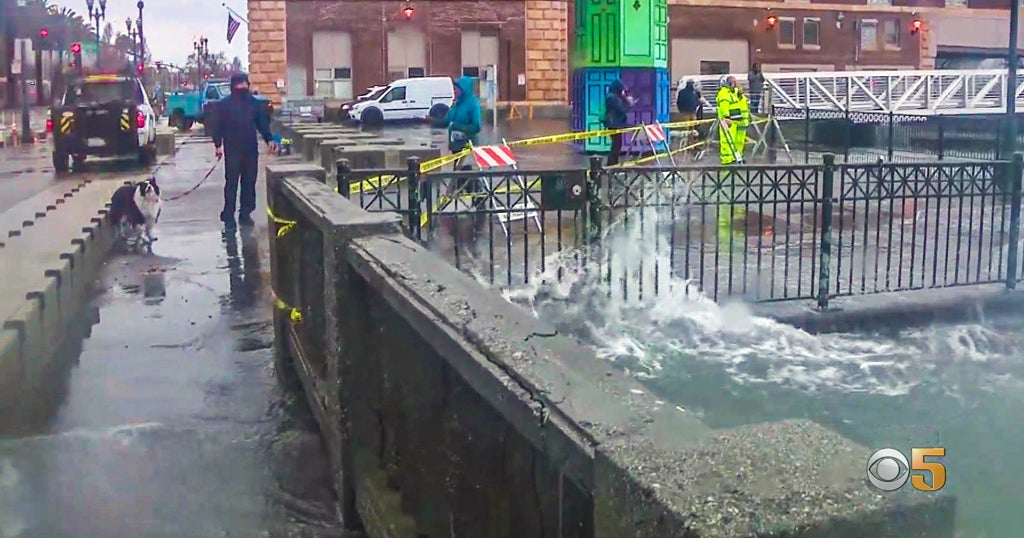Section of Charles River turns green from first toxic algae bloom in 4 years
BOSTON - People and their pets are advised to stay away from the water along a portion of the Charles River between Boston and Cambridge because of a toxic algae bloom.
The area between the Charles River Dam and the Longfellow Bridge is currently experiencing a harmful cyanobacterial bloom, according to the Massachusetts Department of Public Health. An environmental group says this is the river's first major bloom in four years.
Charles River bloom "particularly troubling"
"This bloom is particularly troubling as it comes amid Boston's longest dry spell in 25 years, with no significant rainfall for more than three weeks," the Charles River Watershed Association said in a statement. "The decreased precipitation has led to lower water levels, which, coupled with the heat and increased phosphorus from stormwater runoff, creates ideal conditions for these toxic blooms."
High levels of bacteria have forced frequent closures at dozens of beaches in Massachusetts this summer.
Dangers of cyanobacteria
DPH says ingesting small amounts of cyanobacteria can lead to gastrointestinal problems while larger amounts could result in liver or neurological damage. Inhaling the toxins around the water can cause asthma-like symptoms.
The department says small children and pets are more likely to be harmed by cyanobacteria. People should not swim in the area of a toxic algae bloom and rinse off if they make contact with the water.
The Charles River is recognized as one of the cleanest urban rivers in the country, and an Environmental Protection Agency engineer told WBZ-TV earlier this year that "it's been getting cleaner."








